Harrisburg Stumbles After Second Street Hangover While Lancaster Soars to New Heights
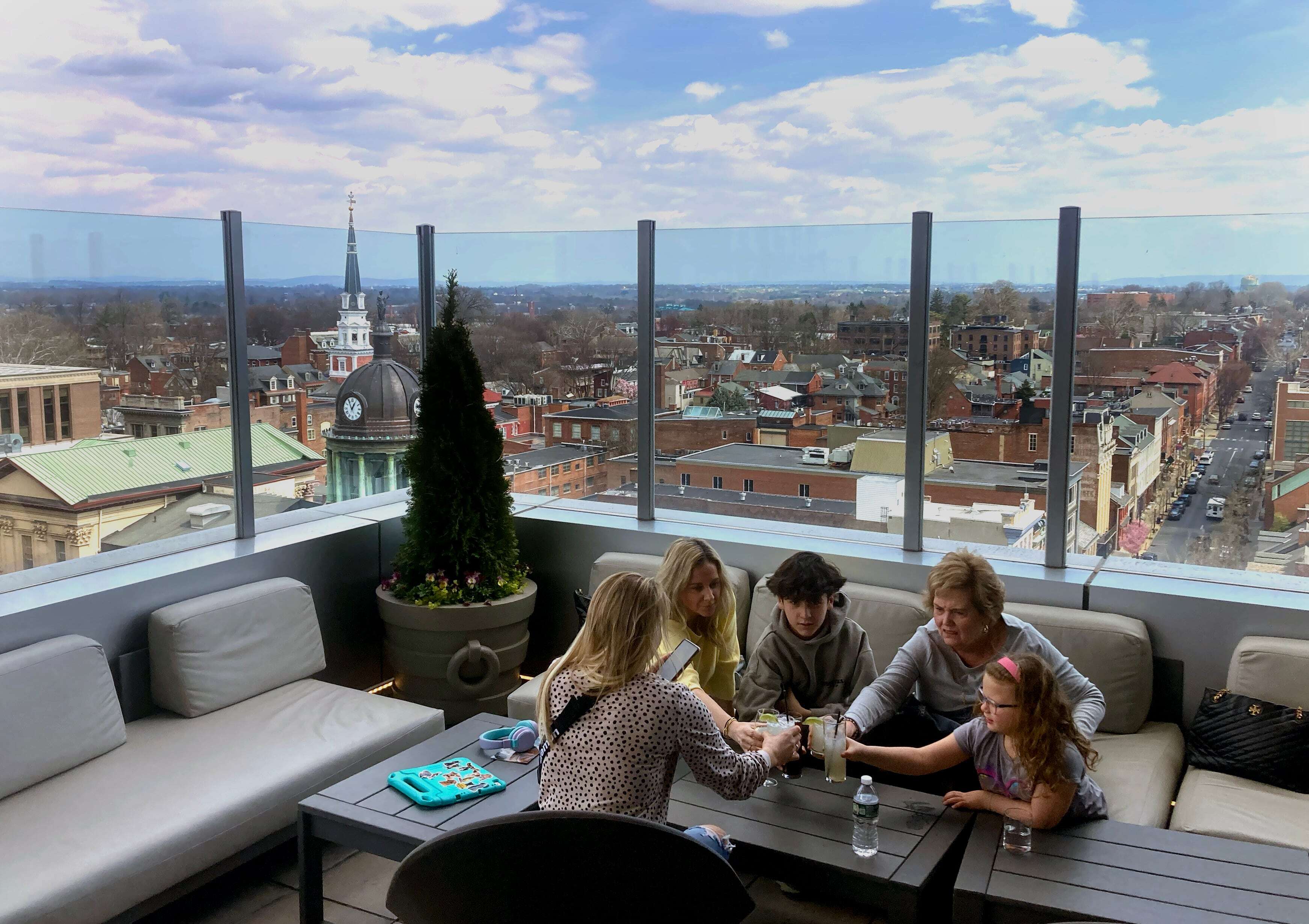
(Second part out of two. Read Part One here .)
In the realm of redevelopment, success leads to more success. Or at least it ought to.
However, for Lancaster and Harrisburg, the enduring outcomes of their downtown revitalizations turned out to be just as distinct as the routes they took to rejuvenate themselves.
Lancaster’s meticulous, step-by-step planning created an unshakeable base for enduring expansion that persists even now. Conversely, in Harrisburg, initial achievements were short-lived, much like a seemingly hasty resurgence following its revitalization.
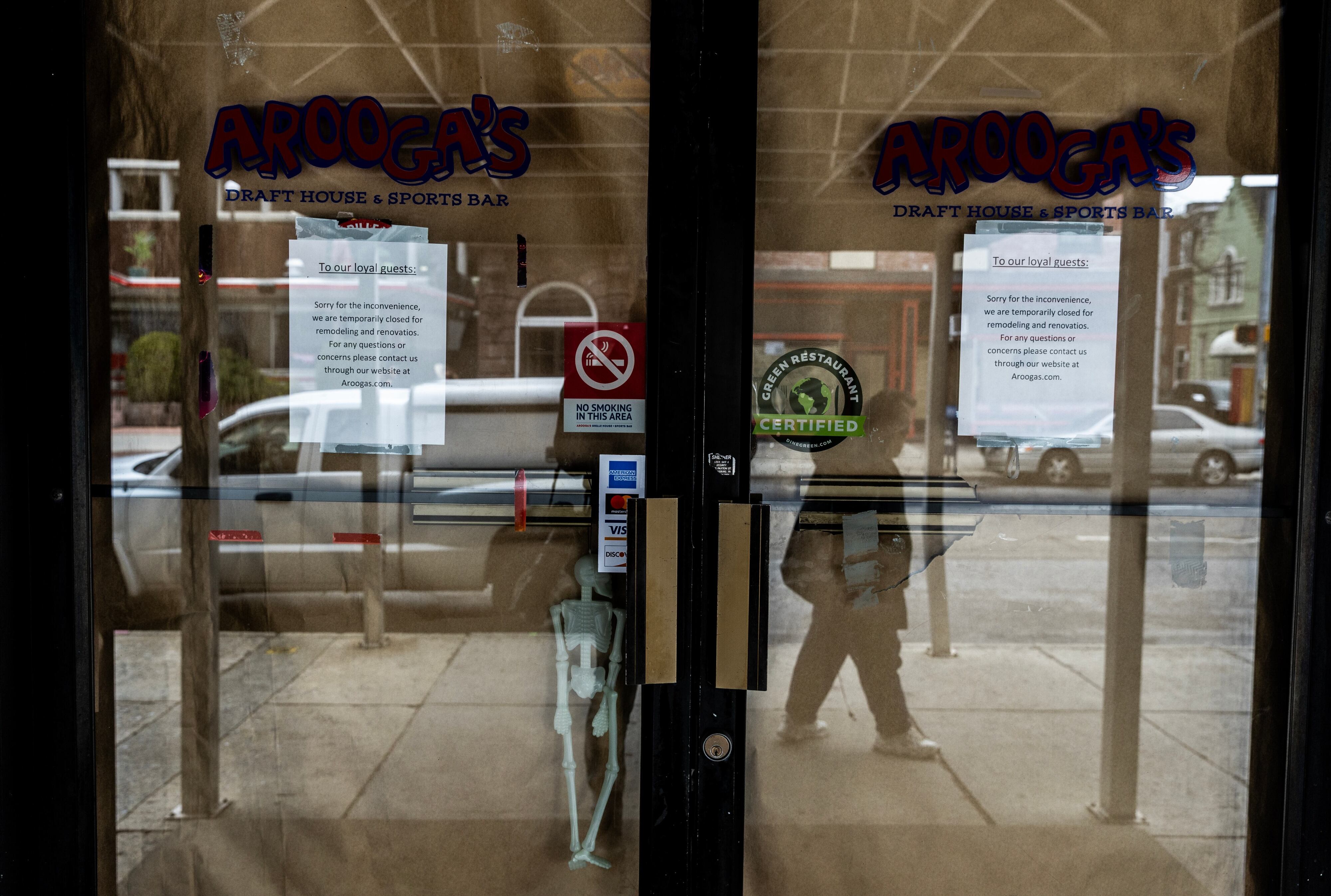
The shooting star of Restaurant Row on Second Street was about to fade.
Here lies the tale of what transpired following both downtown areas seemingly managing to reinvent themselves with success.
On one hand, it marked a genuine "fresh start." On the other, it signaled the dawn of their demise.
Growing the pie
In 2014, Lancaster had become an entirely different place. The convention center along with the Marriott located at the city square started attracting a continuous flow of tourists. As a result, eateries, art galleries, pubs, and cafes saw increased patronage.
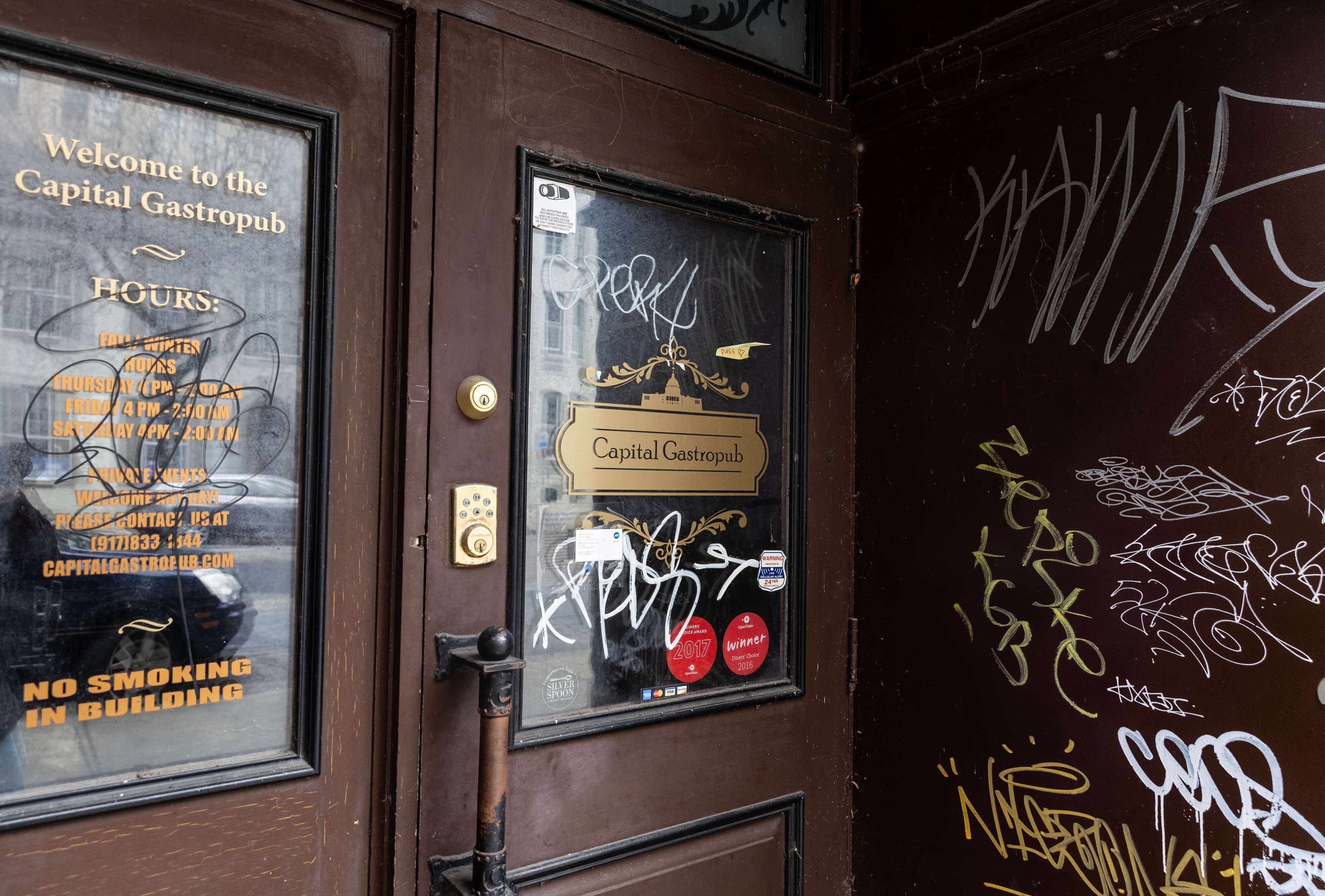
Therefore, Crystal Weaver, who owns Prince Street Café , transitioned from being one of the sole cafés in town to becoming just another among many. However, even with the influx of coffee providers, she never experienced a dip in her customer base.
The pie was expanding.
It really seems like during those initial ten years, there were tremendous changes happening. Suddenly, Lancaster City became the trendy spot everyone wanted to visit. Coming from a family where we used to lock our car doors whenever we went downtown because we viewed the city as a frightening location.
Dean Oberholtzer consistently thought Lancaster was awesome. He resided in the city. When he launched his initial eatery, Belvedere In 1998, he took this step in Lancaster—away from the suburban areas where he had honed his skills. He placed this wager considerably earlier than when the benefits of the city’s initial master plan became apparent.
For Oberholtzer, the emblem of hope evolved into the delayed transformations taking place at the dimly lit city plaza where the Watt & Shand department store and subsequently Bon-Ton were located.
Nothing has stood at this prime location since 1995. This vacancy has adversely affected the collective mindset of both Lancaster and its business sector, as mentioned by Oberholtzer.
"It was somewhat melancholic. The area surrounding the square had very calm streets. It felt empty, with absolutely nothing happening," he remembered.
In the mid-2000s, efforts started to transform the historically notable department store building into a convention center and a Marriott hotel. Even before they opened in 2009, Oberholtzer sensed vitality resurgence in Lancaster.
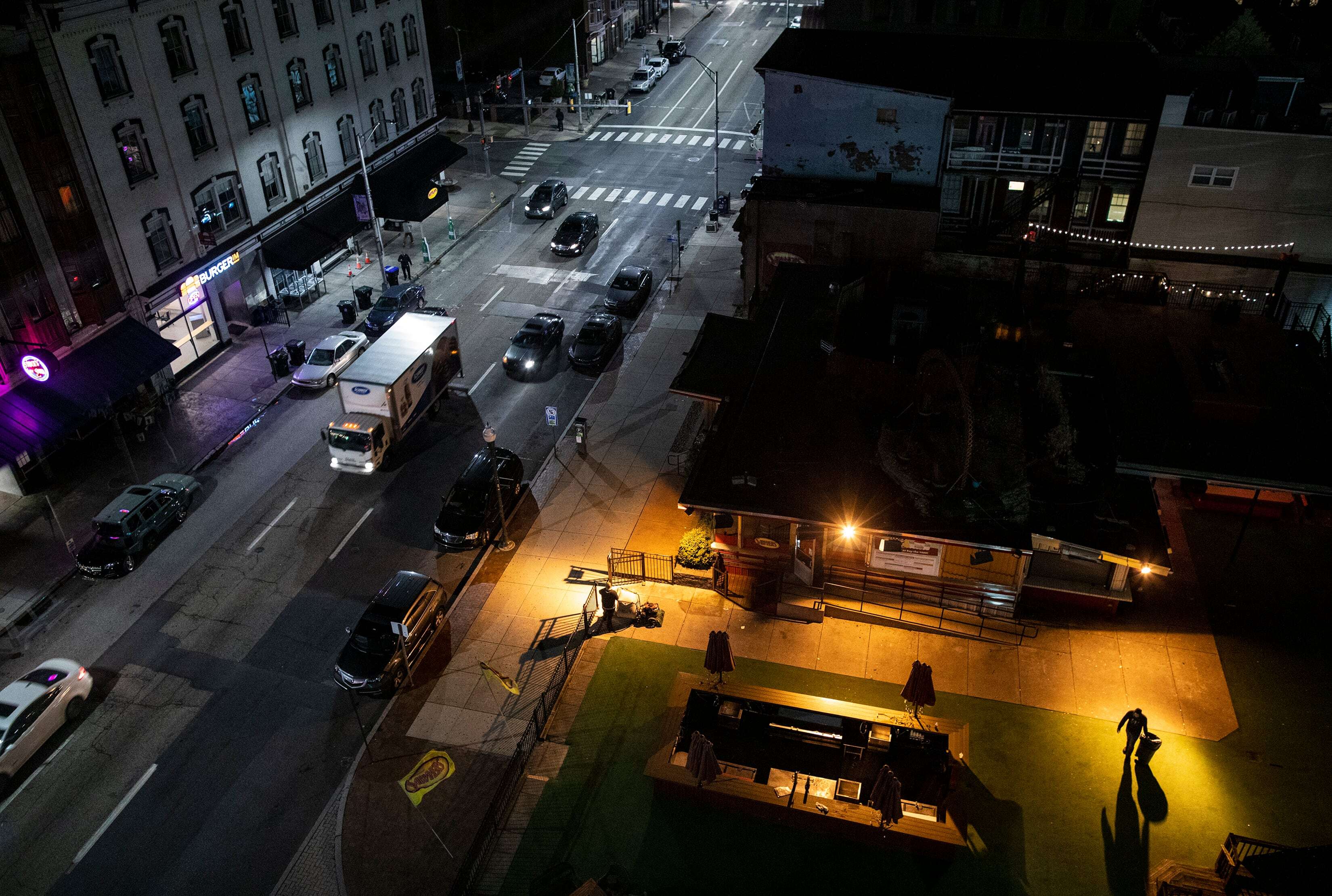
The lights from the nocturnal building work served as a signal that the city had returned.
"It was enjoyable simply strolling up there. We were merely standing and admiring the building illuminated at night. This gave the city a vibrant feeling. The area seemed invigorated," he mentioned.
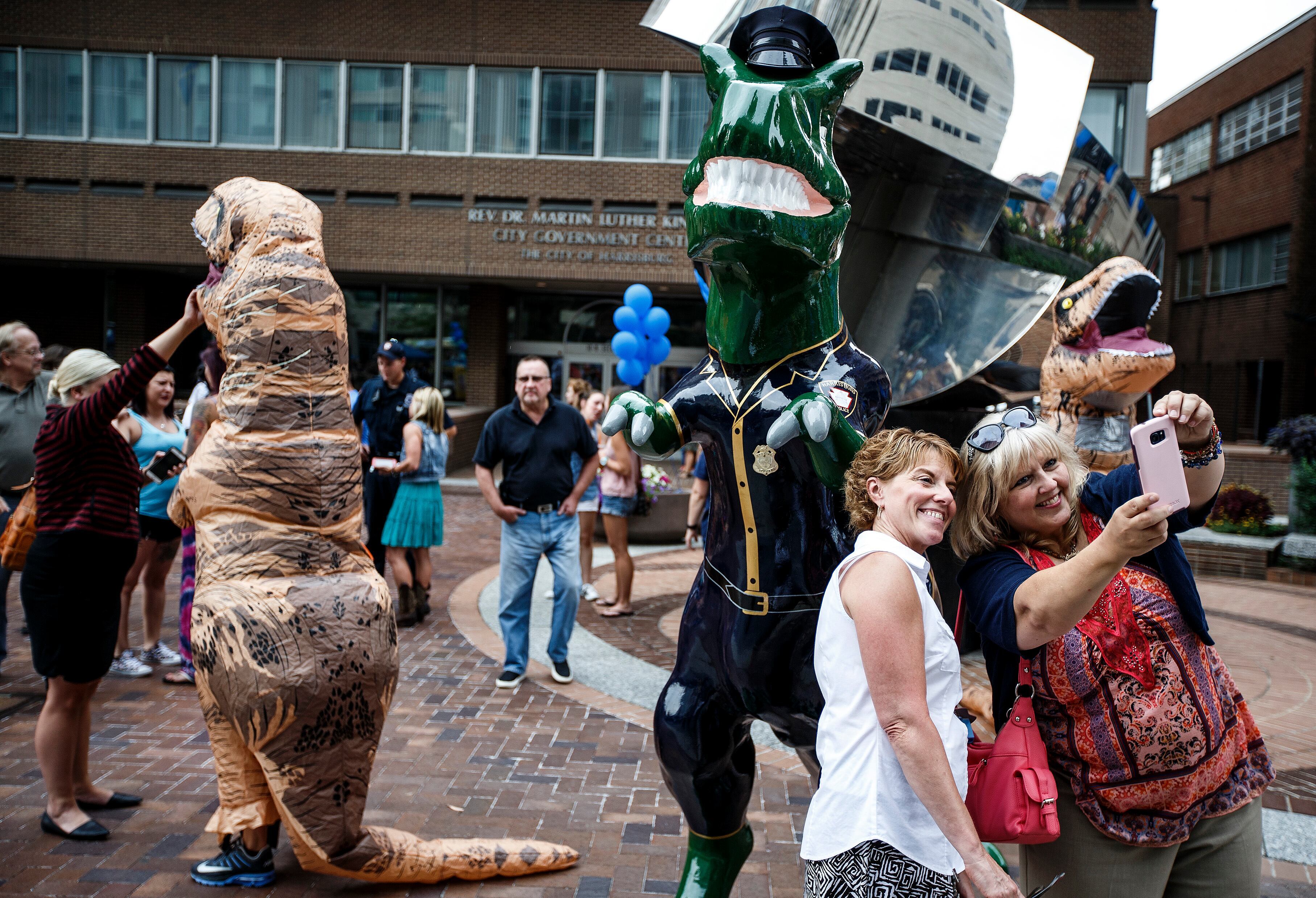
While the prospect of new development at the former department store brought optimism, the outcomes from the city’s initial "First Fridays" promotional initiative provided swift, concrete, and unexpectedly impressive validation.
It wasn't long before things started booming," Oberholtzer remarked about the idea he had initially underestimated. "The eatery continued to get crowded, and I noticed lots of folks entering the art spaces. I recall thinking, 'This is incredible.' I was thrilled to witness Lancaster city attracting such a large audience.
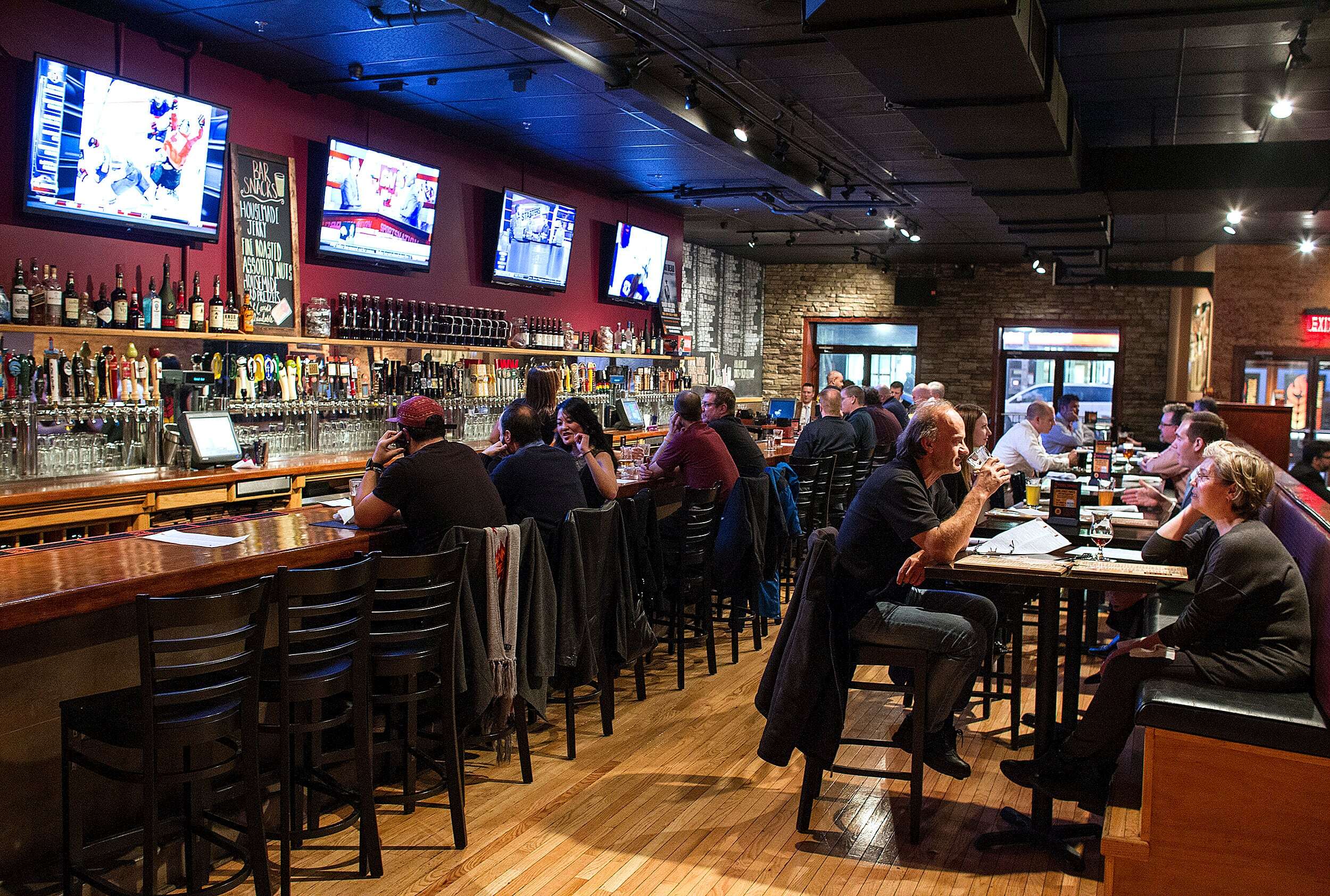
To this day, First Fridays continue to be the best and busiest nights for Lancaster’s estimated 90-plus bars and eateries, Oberholtzer said.
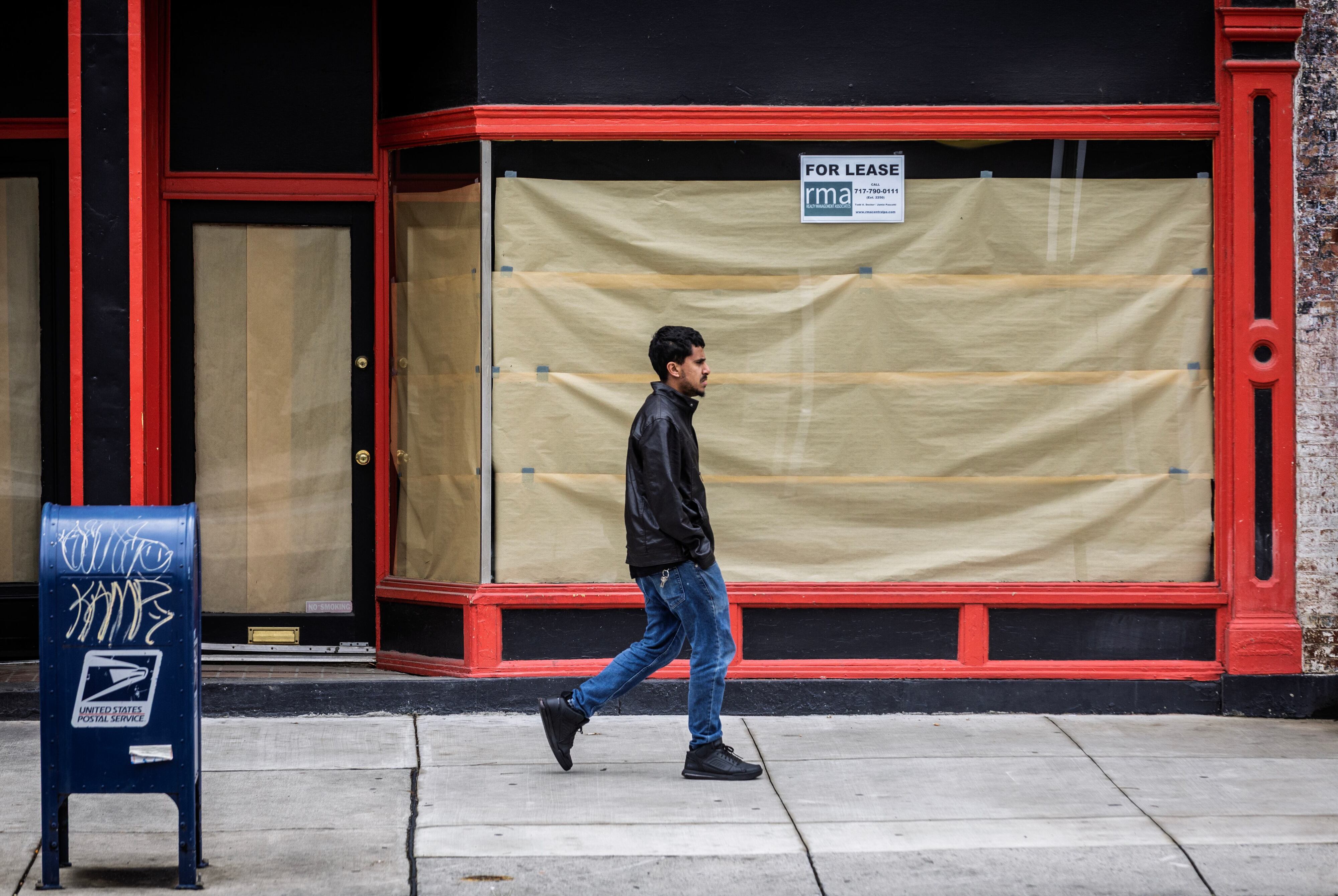
"It truly attracts crowds. Art galleries and shops remain open until late, allowing people to explore, enjoy meals outdoors, and stroll about. Lancaster boasts a vibrant arts and theater community. This draws individuals from various places," he mentioned.
Throughout the years, Oberholtzer has significantly expanded his presence in the city. Along with his collaborators, he has launched an additional trio of upscale dining establishments in Lancaster: C’est La Vie , 401 Prime and Josephines Along the journey, Oberholtzer mentioned that he has been frequently approached about expanding his restaurant business to various cities such as Harrisburg. However, it simply hasn’t seemed like the appropriate time for him.
We remain dedicated to continued investment in Lancaster city," he stated. "Our priority remains Lancaster.
Weaver expanded her operations by establishing additional cafés in Lancaster, York, and Columbia. However, she noted that nowhere else does the robust business support system exemplified by the Lancaster City Alliance exist.
In York and Columbia, there are people and business proprietors who show concern—but no organizations orchestrating these endeavors," she stated. "Their actions lack cohesion. Conversely, in Lancaster, a unified approach has led to significant achievements.
In simple terms, everyone excels when they come together in Lancaster.
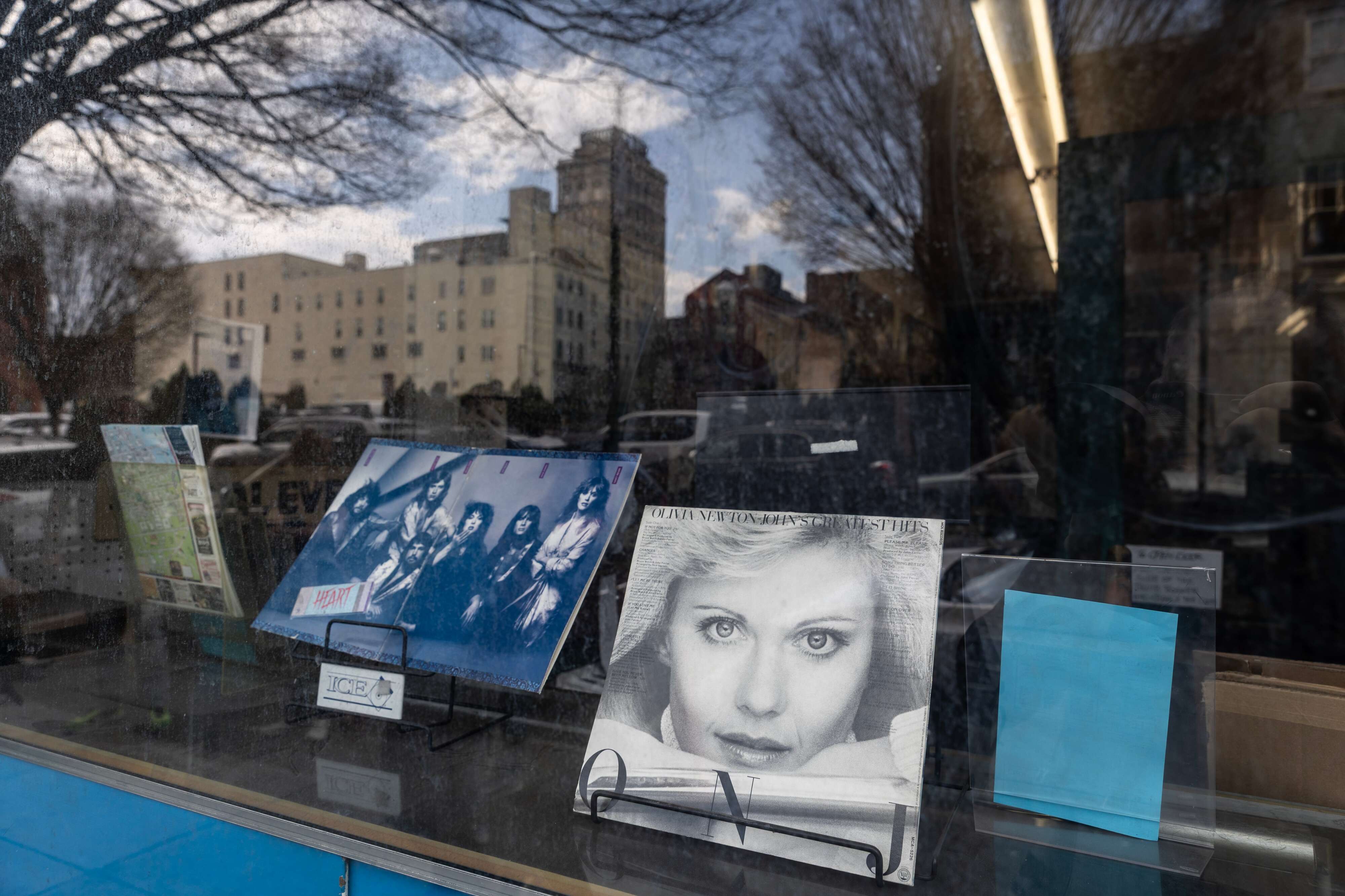
Harrisburg’s hangover
As the 2000s progressed, Harrisburg experienced significant expansion as a local entertainment hub and nightlife destination, which also led to several undesirable consequences.
In the city, there were significant increases in law enforcement actions related to offenses such as public intoxication, disruptive behavior, traffic violations, and sporadic fights – all largely driven by alcohol consumption.
Eventually, the increase in crime, which began as a nuisance, got worse. Even deadly.
Longtime Zembie's bar owner Angelo Karagiannis remembered some of the unpleasant transformations that Restaurant Row brought about.
“When the crowd shifted due to new locations and we saw large numbers of people unfamiliar with downtown, it became overwhelming. This created issues for everybody,” he stated.
By 2012, severe criminal activity had encroached upon Harrisburg’s formerly lighthearted entertainment district.
Two stabbings, with one being fatal, resulted in an additional victim: the Dragonfly nightclub. Known for its hip-hop music, the venue was closed down following the lethal stabbing that occurred on the pavement outside.
The time had come to scale back the festivities on Second Street.
All of a sudden, proprietors from bars lining the avenue started convening with law enforcement to talk about enhancing safety protocols in the city center. The presence of police on Second Street was intensified, and as a result, certain bar owners decided to contribute additional funds for improved security measures.
The targeted demographic for Downtown shifted as well. The aim now was to attract an audience that was somewhat older with a more relaxed atmosphere.
Premium craft beers took over where budget brands once dominated. The new mantra encouraged people to appreciate and enjoy their beverages slowly instead of consuming them hastily until they were incapacitated.
Peak hours shifted to 5 p.m. to midnight and away from 2 a.m. closings.
It was then that Judd Goodman relaunched Dragonfly with a refined, upmarket concept similar to the Federal Taphouse. Rather than offering just vodkas, Red Bulls, and hip-hop music, they featured an extensive selection of 100 craft beers on draft along with gourmet wood-fired pizzas baked in stone ovens. Additionally, the establishment incorporated a second-story space for live performances called Fed Live.
In a similar vein, Ron Kamionka transformed the Hardware Bar into the craft beer-focused Susquehanna Ale House. Above it, Eclipse was converted into a comedy club.
Even with these changes on Second Street, it wasn’t long before issues arose once again.
By 2017, reports of fights, gunfire and shootings became near weekly occurrences — especially during the summer when temperatures and tempers were hot.
When the bars closed down, pandemonium erupted on the streets. The increased police presence wasn’t sufficient anymore. As a result, several bar owners pooled their resources to fund additional security measures.
The continuous occurrences of violent events have exacerbated a significant public relations issue. Once emblematic of joyous entertainment within city limits, the Second Street brand has been tarnished, instilling an uneasy sentiment that safety cannot be guaranteed.
"It was certainly cracks in the dam," Kamionka stated.
Ever the showman, he rolled out a P.T. Barnum-like solution to the problem.
The truck flipped the switch on massive construction lights. Twisting beams created figure-eights in the dark sky. This had a dual purpose: The Hollywood-style spotlights visible from far away indicated that Second Street continued to be the heart of the celebration. At the same time, the intense illumination provided a feeling of security by dispelling the darkness.
The proprietor of the carnival-themed bar additionally put money into promotional stunts like "Dino-mite Summer." This initiative included vibrantly painted dinosaur sculptures lining the thoroughfare.
Kamionka admitted that all of it was designed to divert attention from the negative stories on Second Street.
It functioned properly for some time.
However, an invisible adversary that neither Harrisburg nor Lancaster could combat was poised to alter everything.
The danger posed was nothing less than existential.
Pandemic shutdown
In mid-March 2020, the outbreak of COVID-19 along with the extensive governmental quarantine measures transformed urban centers throughout America into nearly deserted areas.
Pubs and eateries ceased being spots for relaxation. Instead, they were viewed as breeding grounds for a possibly fatal viral contagion.
Video calls via Zoom substituted for traditional office hours. As remote work became increasingly ingrained, numerous teams insisted on maintaining this setup even as the pandemic waned and public health officials adjusted their assessment of the coronavirus risk.
Harrisburg and Lancaster were not alone in being affected by the worldwide transformations brought about by the pandemic and the extensive public and private reactions to it.
However, the way each city recovered from the virus and the new world they created highlighted significant differences between the two main downtown areas in central Pennsylvania.
Lancaster’s revival since the COVID-epoch has escalated its resurgence with even greater achievements. Meanwhile, in Harrisburg, many government positions remained unoccupied multiple days each week due to telecommuting, leading to a significant decline in the usual midday dining scene downtown. The diminished foot traffic exacerbated issues brought about by high urban parking fees ($4 per hour at street meters and $10 for up to two hours in lots), which were already struggling to stay viable.
A multitude of businesses in the city center disappeared alongside their patrons.
The FireHouse, Capital Gastropub, Bollywood Bar & Grille, Jimmy John’s, Pita Pit, and 2nd Street Shawarma have all closed down.
Meanwhile, homelessness appeared to rise. Begging became more prevalent. Safety and security concerns for the shrinking number of people out late at night persisted as significant issues.
Last summer, local law enforcement took action following multiple occurrences. Involving disruptive underage youths loitering on Second Street deep into the night, some of whom have access to alcohol.
Then, Earlier this year, the city suddenly terminated a scheme that permitted off-duty police officers to offer additional security. Why in the entertainment district? The alteration occurred following an incident where an officer was captured on video mishandling a customer.
Moving ahead, bar owners looking for additional security beyond their establishments will need to arrange for paid security themselves — or do without it altogether.
Kamionka mentioned that he has spent approximately $2.5 million on police protection over a span of 15 years. While he invested heavily to maintain security at his establishments, not every part of Restaurant Row received the same level of legal enforcement. Consequently, issues persisted and damaged the reputation of the area, diminishing its attractiveness as a destination.
“The main flaw from the beginning is the city never put the resources into a police presence downtown. You can throw the biggest party in the world but unless you got have a couple people making sure things are under control, we can only do so much,” Kamionka said.
Security issues on top of vacancies, the lack of daytime foot traffic, the general disrepair along the street and the high parking fees have many questioning if the downtown will ever rebound.
Arooga's has not resumed operations since it briefly shut down in October. To fix structural issues. Both Taco Amigos at Second Street and Home 231 on North Street shut down in February.
Stephen Weinstock, who owns both Stocks on Second and Carley’s Ristorante, acknowledged that the area is much less bustling than it was ten years back.
Still, he’s not complaining. Weinstock said more workers are returning to downtown offices and lunch business is up.
He stated that so far, 2025 has proven to be the most successful year for stocks since the period preceding the pandemic.
Weinstock firmly believes that his restaurants will remain intact.
“I’m committed for the long term,” he pledged. “We have absolutely no intention of leaving.”
Exceeding expectations
Almost thirty years later, the plans continue to flourish in Lancaster. And the victories persist unabated.
The Exchange, a 12-story rooftop bar and restaurant perched atop a tower addition to the downtown Marriott Hotel, opened in 2019. The Southern Market, offering a restaurant-style atmosphere in a food court setting, opened three years ago.
It features two stand-alone restaurants, a coffee shop, a full bar and 10 food stands offering a wide variety of international cuisine. Next on the agenda is filling in more mixed-use development around Penn Medicine Park, home of the Lancaster Stormers baseball team.
However, the biggest enhancement appearing downtown was not officially included in any of the proposals. The 20-story glass structure called Mosaic Lancaster, currently being built near the square, stands as the ultimate outcome of all the efforts dedicated to transforming Lancaster.
Once completed, the development by Willow Valley Communities will include 146 upscale two- and three-bedroom apartments designed specifically for those aged 55 and above. Notably, Lancaster City has been ranked one of the best locations in the U.S. for retirement by Willow Valley.
In their promotional materials, the company—which runs two additional campuses in Lancaster County housing 2,600 residents from 40 states and various nations—describes Mosaic as "the future of 55+ active adult communities," taking full advantage of unique amenities offered by Lancaster City ("one of the Top Five Coolest Cities" according to Forbes), ensuring an enjoyable experience for all inhabitants.
For Oberholtzer and his four downtown eateries, the upcoming luxury retirement apartment building means around 300 prospective clients with significant leisure time and financial resources at their disposal. This is precisely why he believes that these residents living nearby will be the greatest benefit not only to his establishments but to the entire city as well.
Ultimately, Lancaster, similar to numerous cities, continues to grapple with what Lancaster City Alliance CEO Marshall Snively referred to as "a mixed workforce" across most of the downtown corporate offices. This situation has led to smaller midday meal gatherings. However, evenings present a contrasting scenario.
"It has all been put together during the evenings and weekends. Reservations are necessary as every table gets booked," he mentioned.
Throughout and following the period of COVID-19, Oberholtzer along with several entrepreneurs observed an influx of individuals relocating into areas like Philadelphia, Baltimore, and Washington, D.C. Remote work capabilities enabled these folks to reside further away from their workplaces. Additionally, Oberholtzer mentioned that once restrictions eased post-pandemic, it was primarily locals residing in Lancaster who helped revive local eateries right away.
"Lancaster enjoys backing local businesses, and appreciates the support for downtown areas," he stated.
Tourism is like the frosting on top of the cake. However, what a delightful sweetness it brings!
Oberholtzer mentioned a recent weekend convention that reportedly attracted about 6,000 guests. This event is considered part of what Snively referred to as a "record-breaking year" for the venue.
"The pavements were teeming with individuals. The central marketplace was incredibly crowded, making it difficult to stroll through the passageways," Oberholtzer exclaimed enthusiastically.
The sole drawback in all of Lancaster's strategies is that nobody anticipated the city's resurgence would be this significant.
"Most of our objectives have been completely derailed," Snively stated.
Coming Tomorrow: Leading figures in commerce and urban renewal discuss the issues plaguing downtown Harrisburg and propose solutions. Five mayoral hopefuls present rival strategies for revitalization. Meanwhile, PennLive looks back at the nine iconic spots from Restaurant Row’s heyday that people often reminisce about. Do these memories align with your own recollections?
©2025Advance Local Media LLC. Check out Cryptonesia. Delivered by Tribune Content Agency, LLC.
0 Response to "Harrisburg Stumbles After Second Street Hangover While Lancaster Soars to New Heights"
Post a Comment